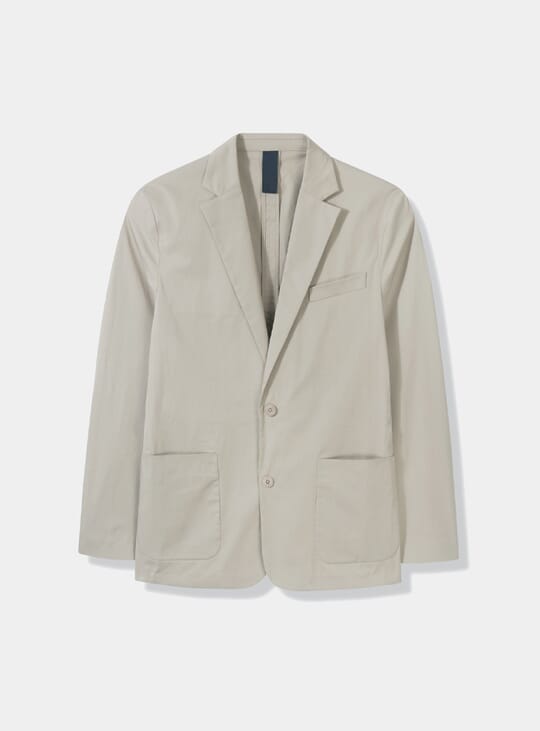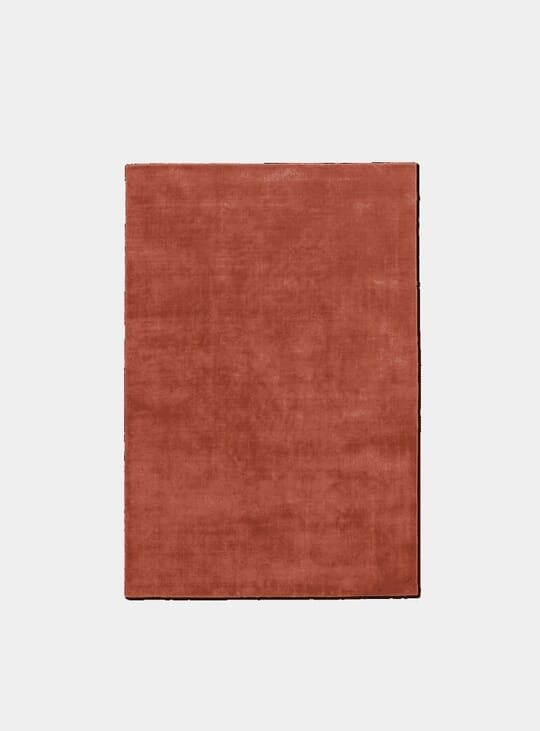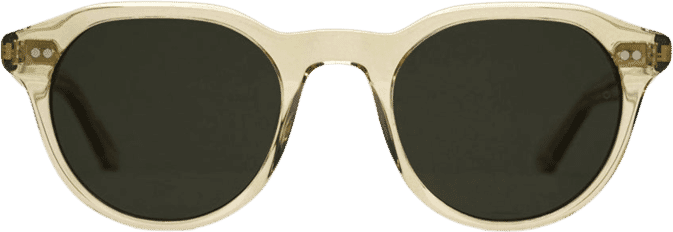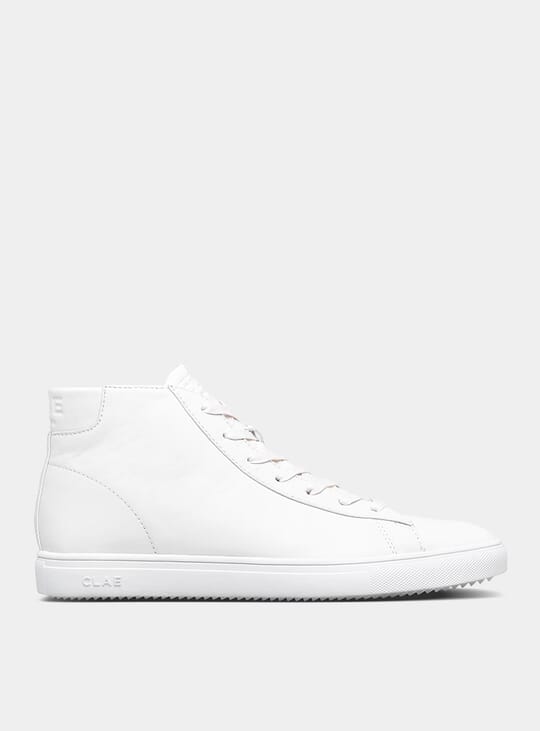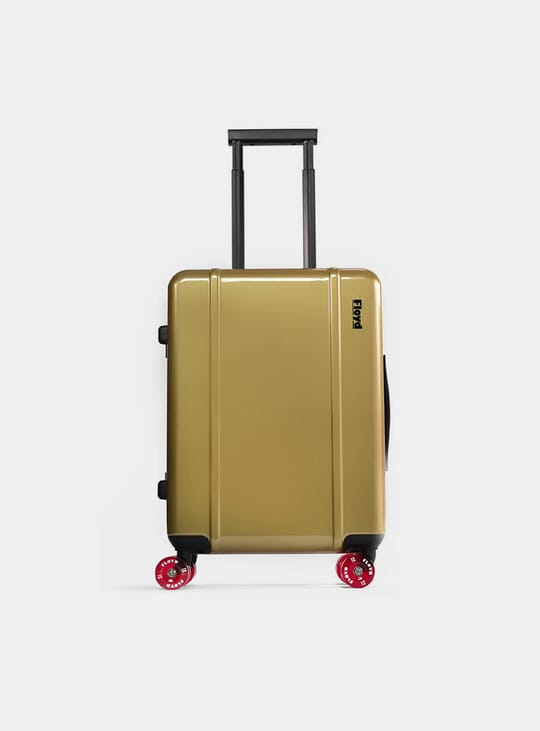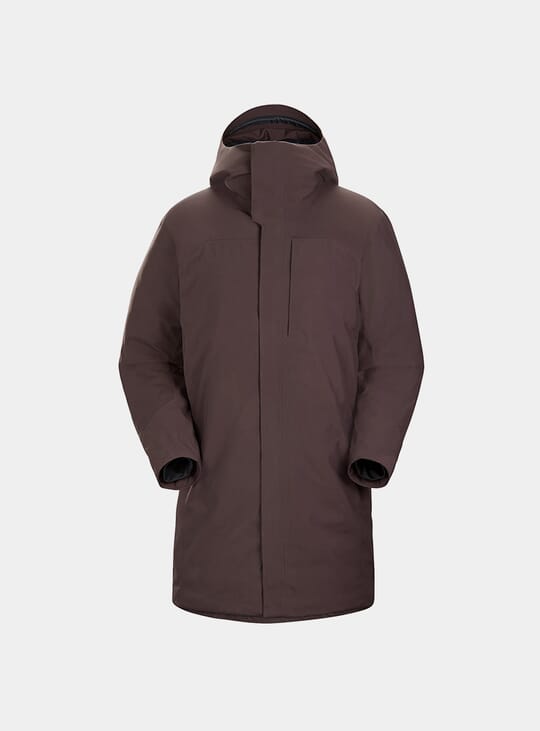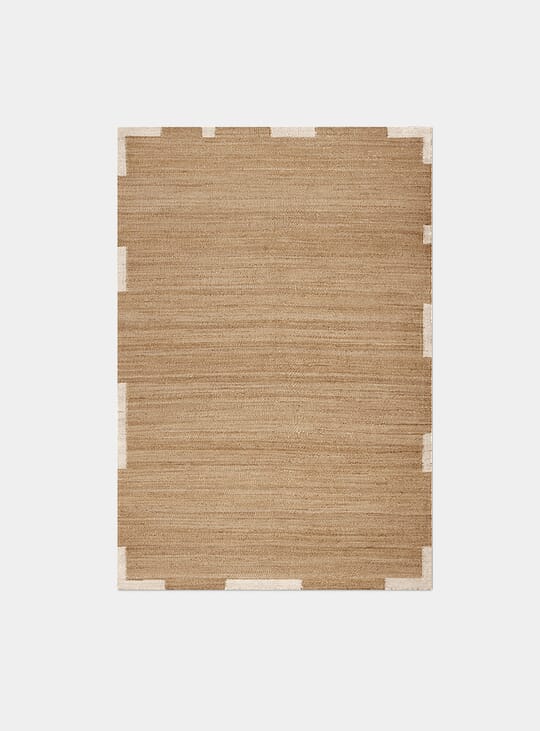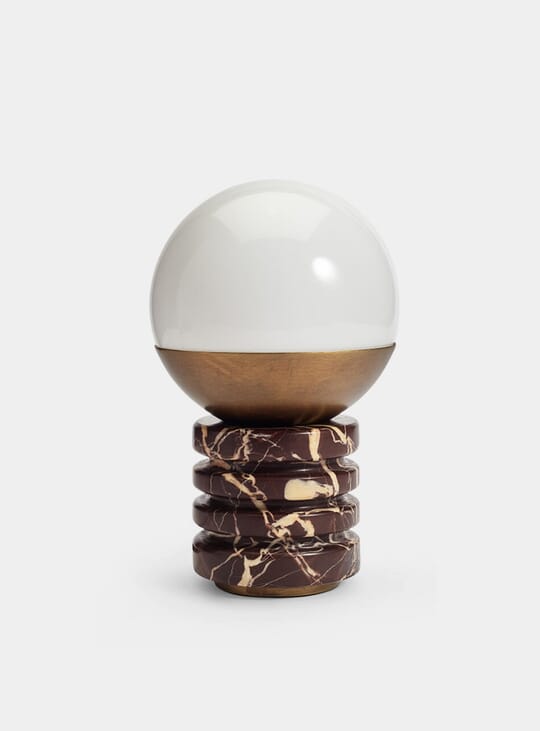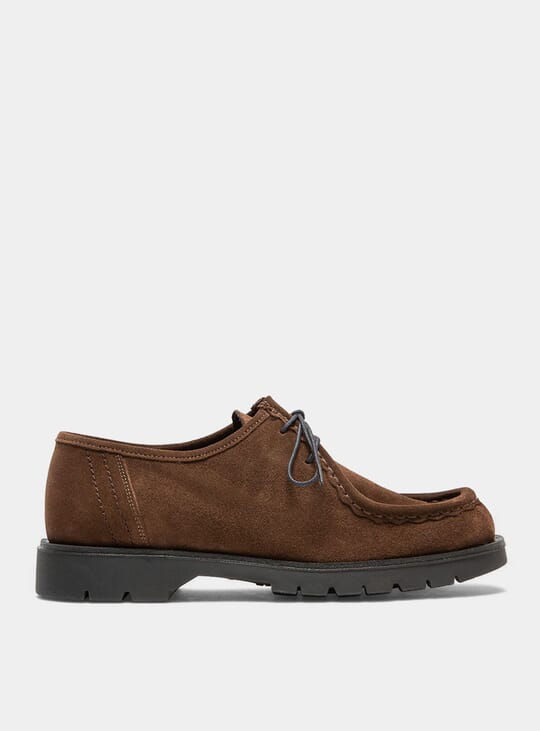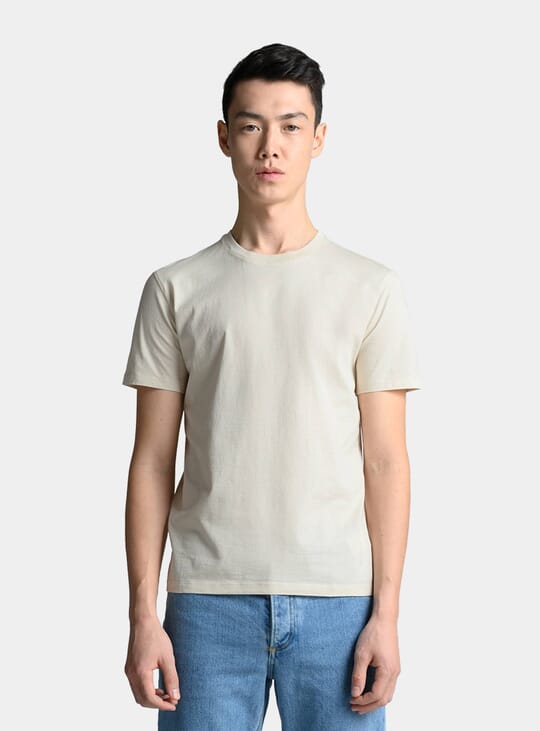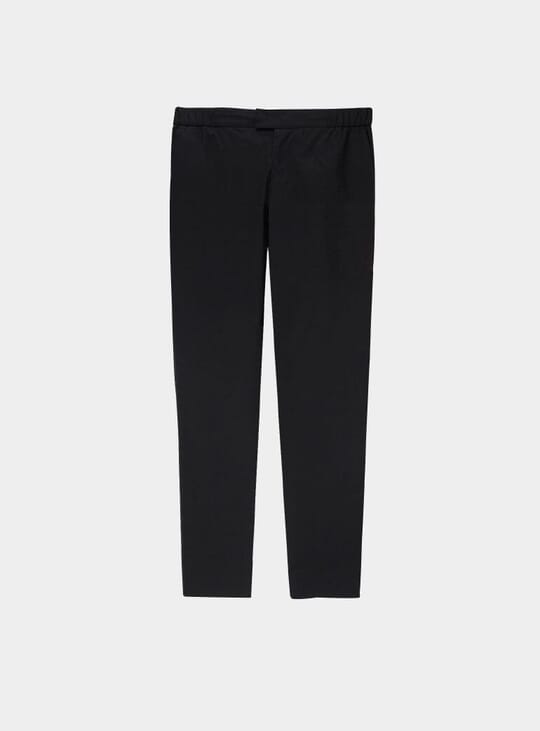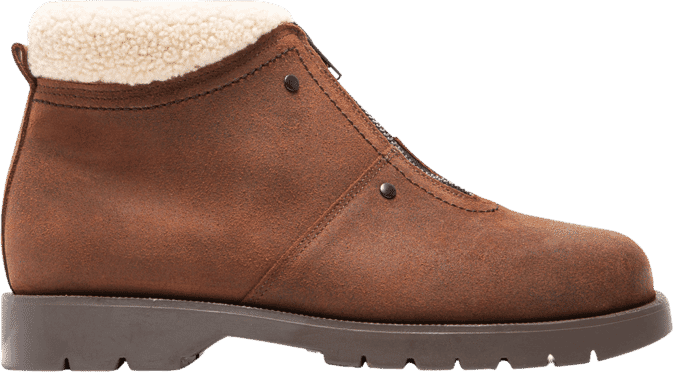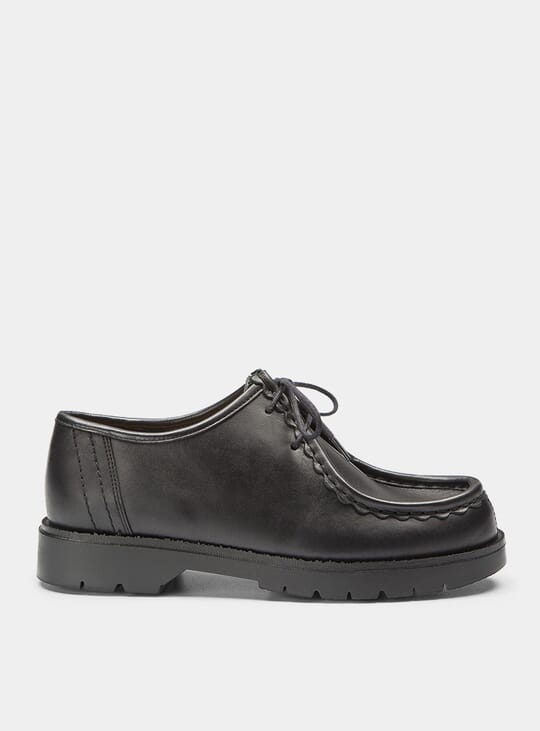The word sustainability gets thrown around a lot these days, so much so that it’s becoming impossible to ignore. But sustainability in fashion is an extremely vague term, denoting a whole host of methods to avoid the overconsumption of natural resources. So, the next time that you hear “sustainable” shouted from the rooftops, we’d like to arm you with enough knowledge to confidently shout back, “How so?”
We champion a bunch of labels with sustainable credentials at OPUMO, each of which is candid and transparent about its method and its effects. We thought that this was worth commending, so we’ve rounded up a few ways that our favourite sustainable brands are leading the charge for consciously made clothing.
Repair
One of the easiest and most effective forms of sustainability in fashion is repairing old clothing that might be reaching the end of its life. Right now, only 1% of material used to make textiles is recycled into new textiles – that’s 11 million items of clothing going to landfill every week in the UK alone. While repairing clothing used to be a no-brainer, increasing the lifetime of our wardrobes and requiring fewer new garments, the past 15 years have seen a 36% decrease in how often we wear single items of clothing.
So, next time you realise that there’s a hole in the bomber jacket or flannel shirt you used to love, why not give it a new lease of life with some home improvements? A badge goes a long way, not only covering the hole but giving your piece a unique personality. Get creative, you might even find that your wardrobe becomes more interesting. Alternatively, endeavour to find a clothing alteration service near you.
Don’t consider yourself a handyman? Riley Studio offers a free repair service for its items. Simply send the eco-friendly clothing brand an email and it’ll do the rest. What’s more, a reuse and recycle scheme means that if you’ve reached the end of the road with any Riley Studio item, they’ll organise returns so that no garments make it to the dreaded landfill.
Responsibly sourced fabrics
Sustainability within the context of fashion has many facets, one of which is the sourcing of fabrics – an often overlooked yet incredibly significant stage in the manufacturing process. When buying a new item of clothing, it's important to consider where and how the materials used to make it were sourced – for example, plastic-based fibres like nylon and polyester are dependent on fossil fuel extraction and cotton is one of the most water intensive fibres, also requiring the use of toxic chemicals that seep into the earth and water supplies.
One brand flying the flag for responsibly sourced textiles is Barcelona-based Thinking MU. It launched over ten years ago with a focus on producing organic cotton staples, but has since expanded to work with a range of other sustainable fibres including organic hemp, Tencel, non-mulesed wool and recycled polyester, all carefully chosen for their low environmental and social impact.
Durability
Much like repairing clothing, only buying durable pieces is a highly effective form of sustainability, targeting the problem at its root. Flax London specialises in one of the world’s most durable materials, creating a range of men’s linen shirts and premium linen jackets. It turns out that the world’s oldest woven garment is a 5000-year-old linen dress from Ancient Egypt – that's hard to argue with. Flax makes the best use of linen’s amazing strength by combining the material with high-quality construction, resulting in a collection of eco-friendly clothing staples that are made to last. It has been shown that if we wear a piece of clothing for an extra nine months, we can reduce waste and water usage per garment by 20-30% so it’s high time we start filling our wardrobes with hard-wearing linen pieces.
Traceability
ASKET is paving the way for ethical clothing brands when it comes to traceability. Even in 2021, the extent of traceability for many brands is a simple ‘made in…’ label. This no longer makes any sense because of the complexity of supply chains. With eco-friendly labels like ASKET providing in-depth analyses of the origins of each component, we as the consumer can make informed decisions about the clothing that we choose to invest in, and the type of businesses that we choose to endorse.
The pieces in ASKET’s permanent collection of luxury men's essentials amount to over 400 separate processes and locations spread across the whole world. This makes tracking down each component of the collection of ethical T-shirts, sustainable outerwear and eco-friendly men's trousers almost impossible. Although ASKET is still working on reaching 100% traceability, it's way ahead of the curve. According to a 2018 study:
- 30% of brands didn’t even know where their clothing was manufactured.
- 82% of brands didn’t know where their fabrics were milled.
- 93% didn’t know where their raw materials came from.
That put the industry at around 28% traceability while ASKET sits at a pretty 80% traceability.
Zero waste
With some brands being found to burn unsold garments at the end of a season, it’s more refreshing than ever to find out that one of your favourite labels operates on a zero-waste basis. Artknit Studios has only been alive for two years but during that time has worked within an on-demand structure, only producing clothing once the order is completed. This allows the label to offer sustainable Italian knitwear at attainable prices with no inventory waste and no middle-man markups.
Upcycling
With so many brands wastefully sending their leftover fabrics to landfill, it seems a simple and sustainable solution to take this pre-consumer waste and transform it into high quality garments. At least that was the thinking behind SIRPLUS, a London based brand that was founded upon the premise of creating made-to-last clothing staples (think boxers, shirts and tees) out of surplus materials that would otherwise be discarded by manufacturers. This form of upcycling is set to represent the future of sustainable fashion, so we can't wait to see what other brands have in store.
On a mission to make your wardrobe more sustainable? Discover more brands that are leading by example.




